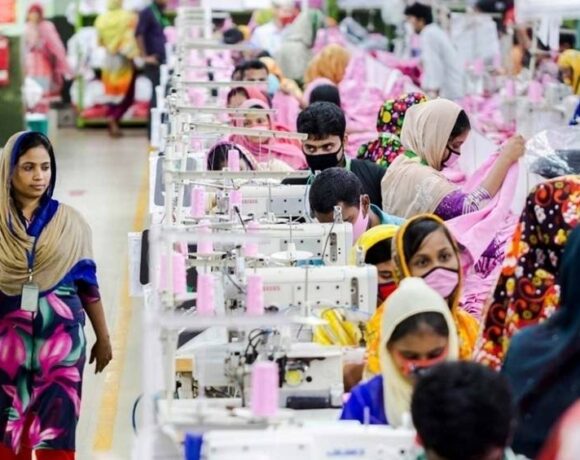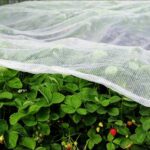Imported Second Hand Clothing Mars East African Textile Sector

Despite East Africa having a massive capacity to produce cotton textiles and garments thanks, to availability of raw materials and a workforce, the region scores relatively low in consumption of local textile products.
According to the Kenya Institute for Public Policy Research and Analysis (KIPPRA), 70 percent of Kenyan garment manufacturing companies sell about 80 percent of their products in US markets.
However, over 70 percent of apparel sold in East Africa is imported second-hand clothes.
Kenya and Ethiopia are the leading exporters of textiles and garments to the US under the African Growth and Opportunity Act (AGOA), but the raw materials to produce these products are imported.
Export processing zones in Nairobi in Kenya have 21 clothing manufacturers that produce garments primarily for export under AGOA.
“The current consumption of all textiles in the US is 39 kgs per capita, followed by Europe with 25 kgs, China 16 kgs and India 6 kgs,” Jas Bedi, a local manufacturer and vice-chairperson of the East African Business Council, Kenya Chapter said
“In Africa, it is only three kg, out of which two kg are second-hand,” Bedi added.
“Between 2017 and 2021, second-hand clothing imports averaged 160,638 tons per year in Kenya with 183,830 tons shipped in 2021,” the East African reported.
Early this year, the Kenya Association of Manufacturers put forward a proposal that would require local sellers of second-hand clothing to include at least 10 percent of garments produced within the country in their inventory.
KAM said the domestic apparel sector could create about 200,000 new jobs by 2030 and save Kenya over $282.9 million annually by just halving import of used clothes.














